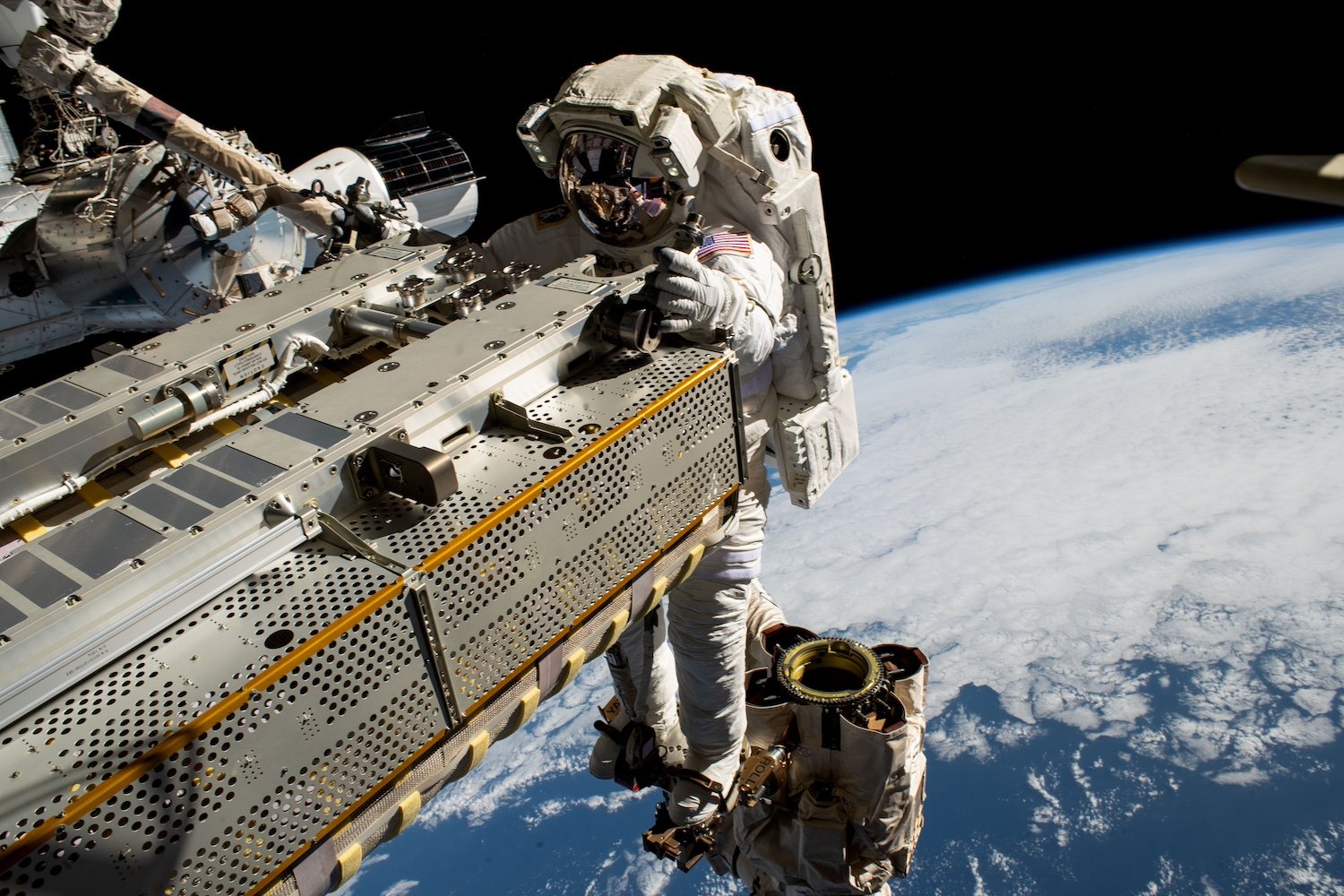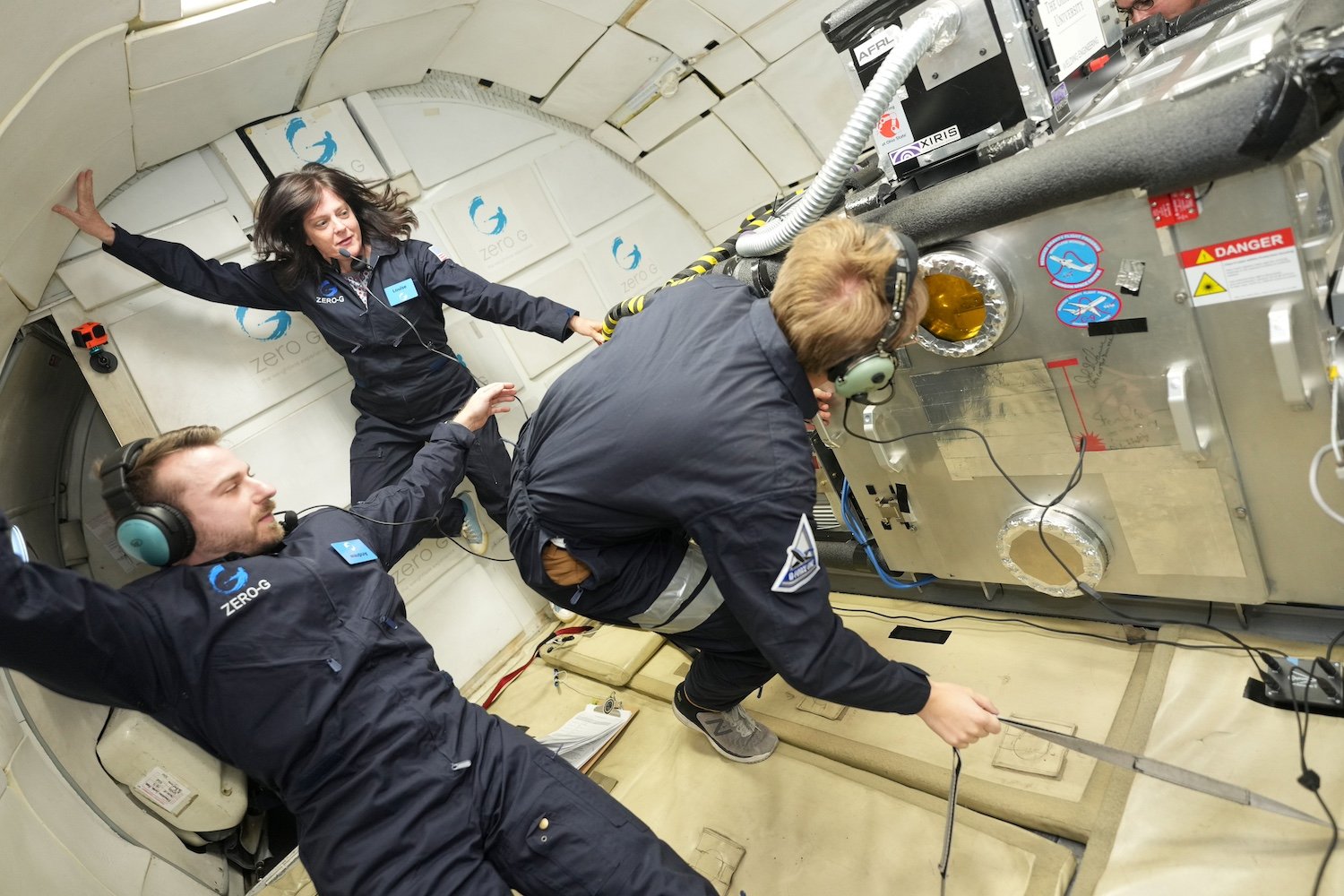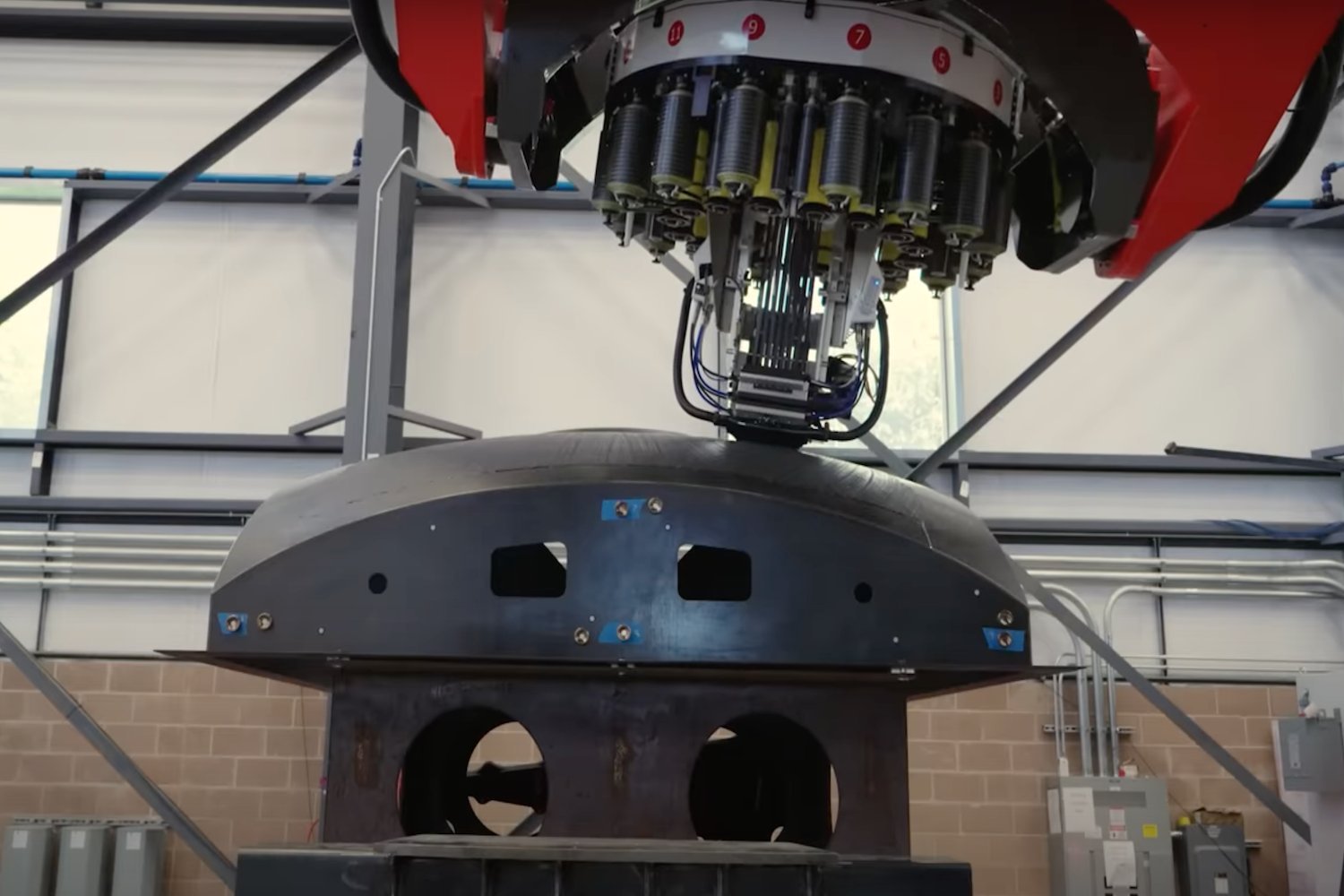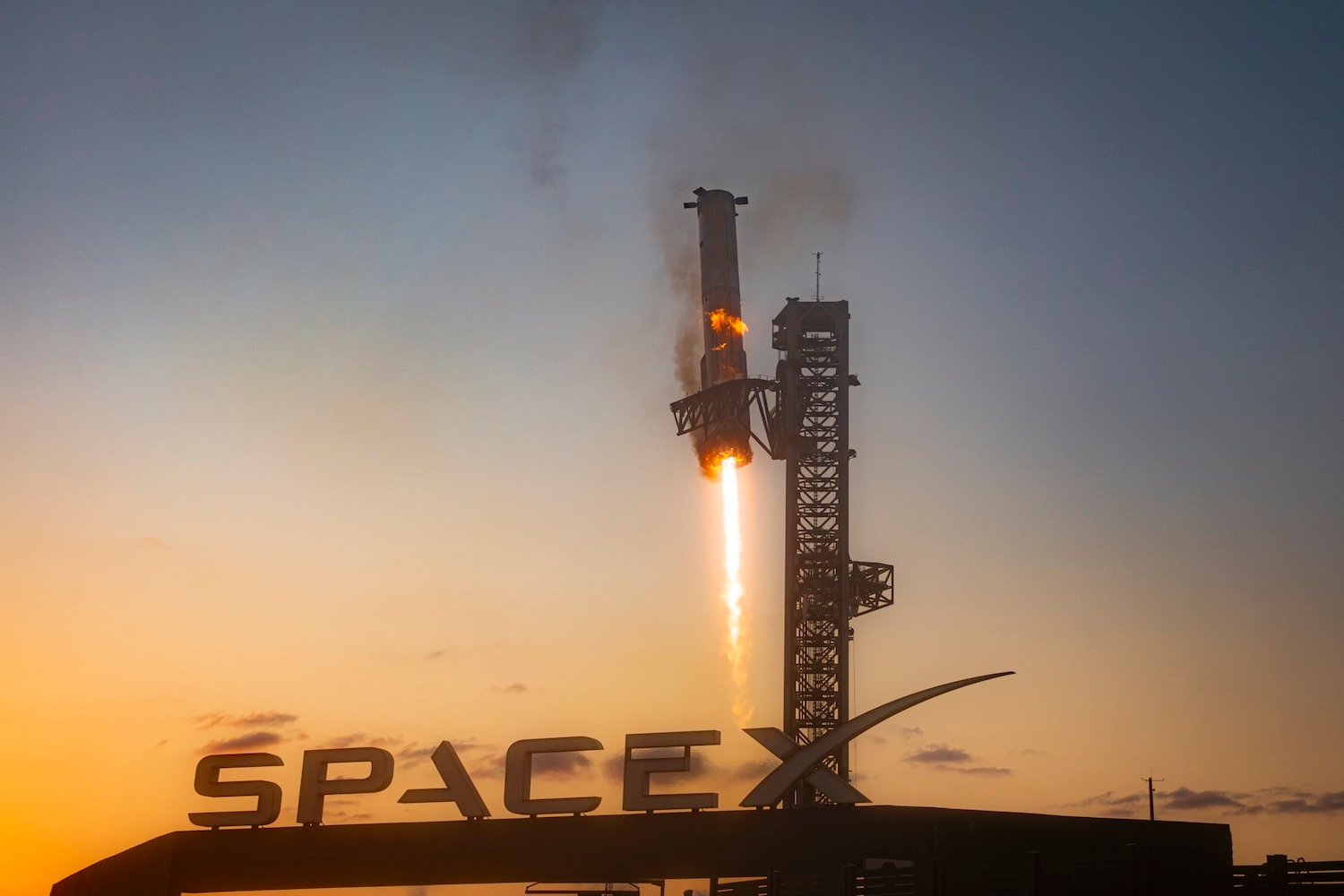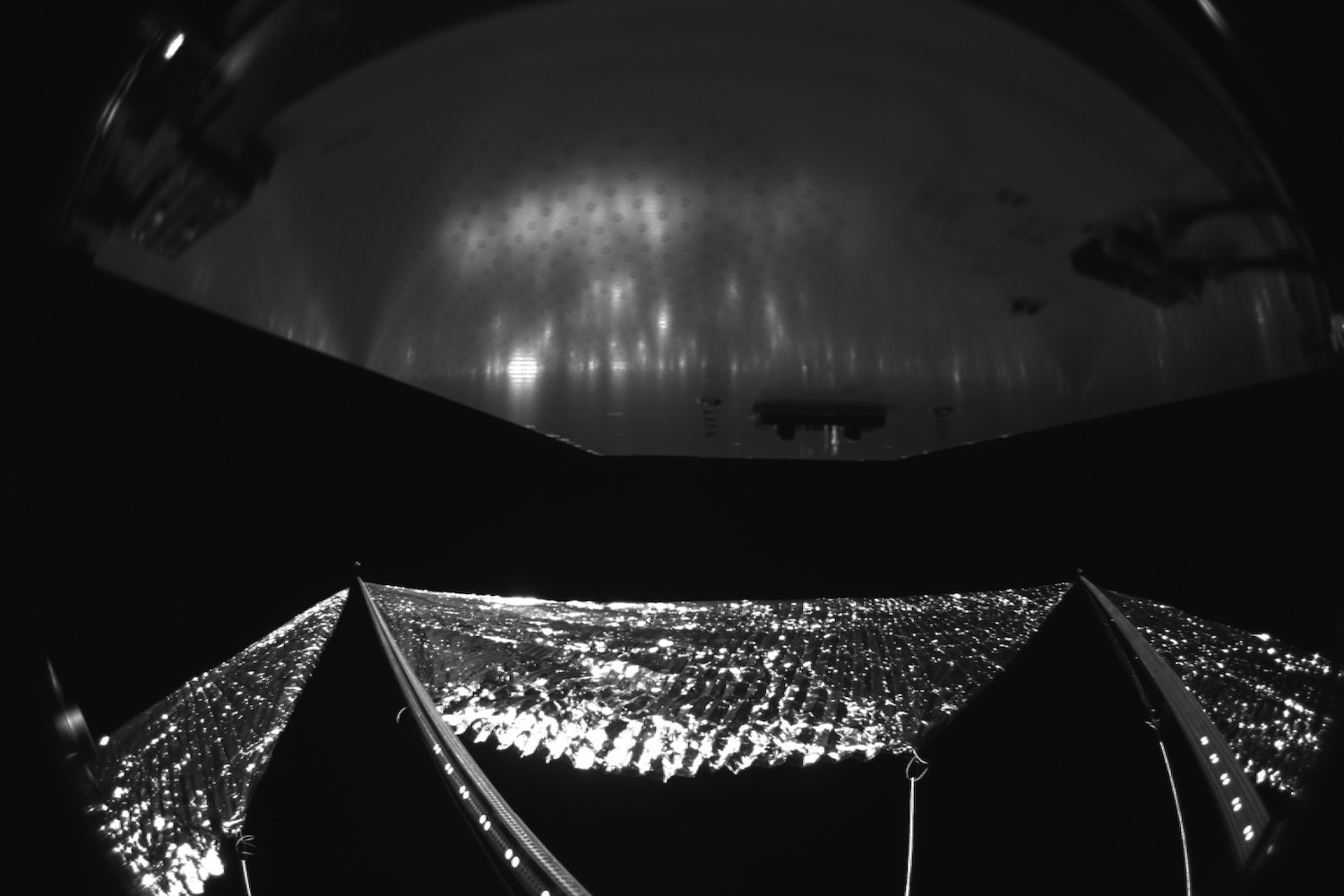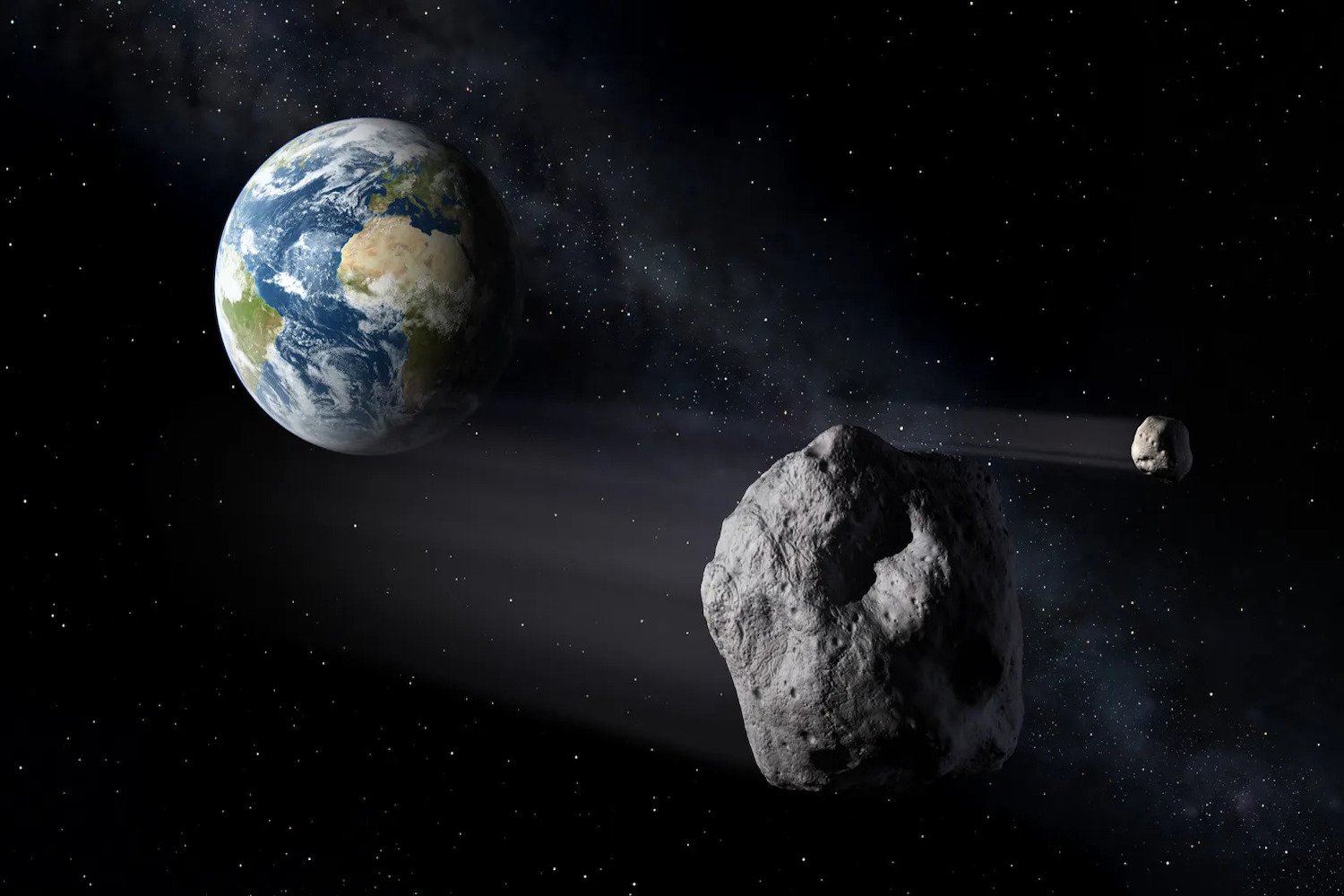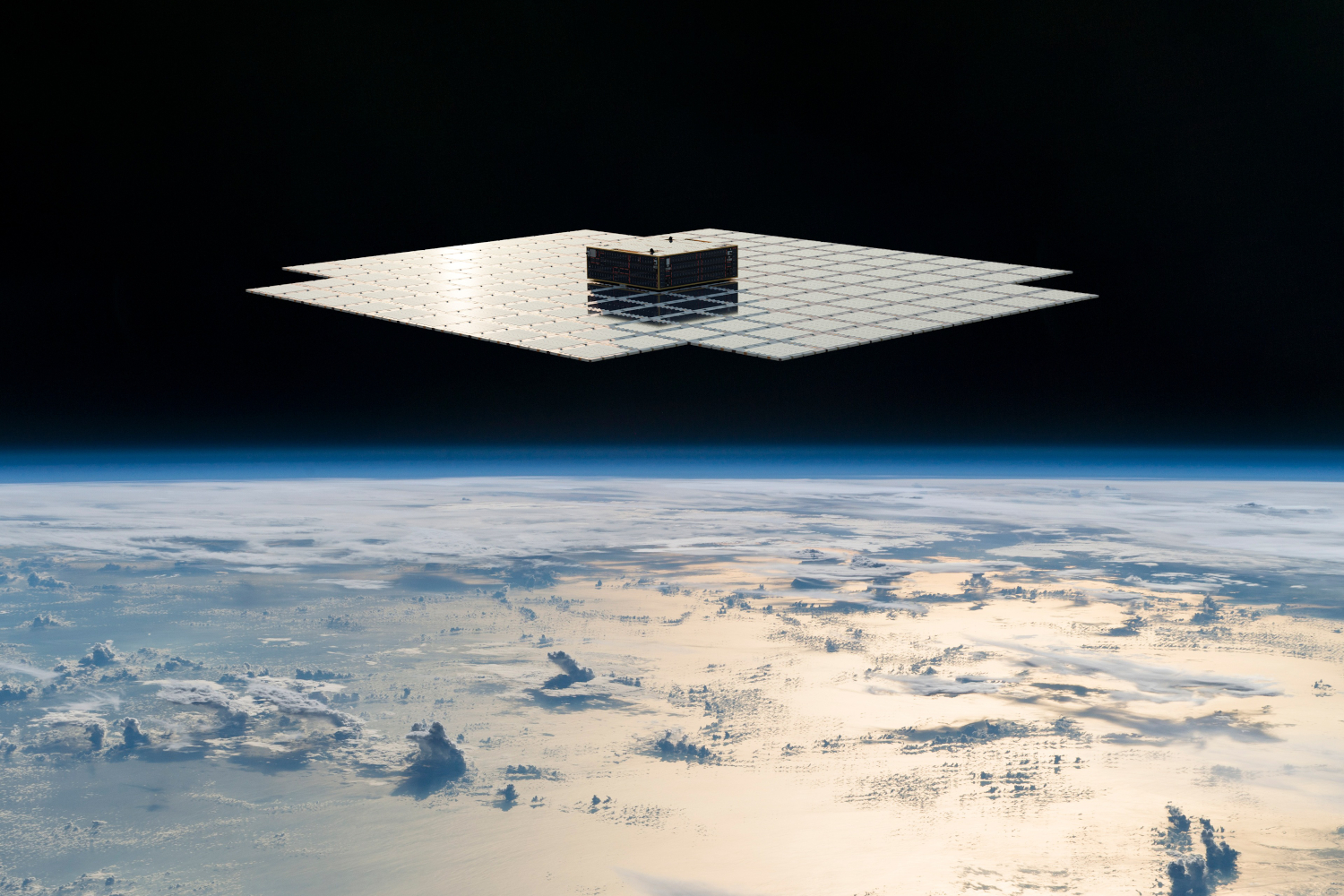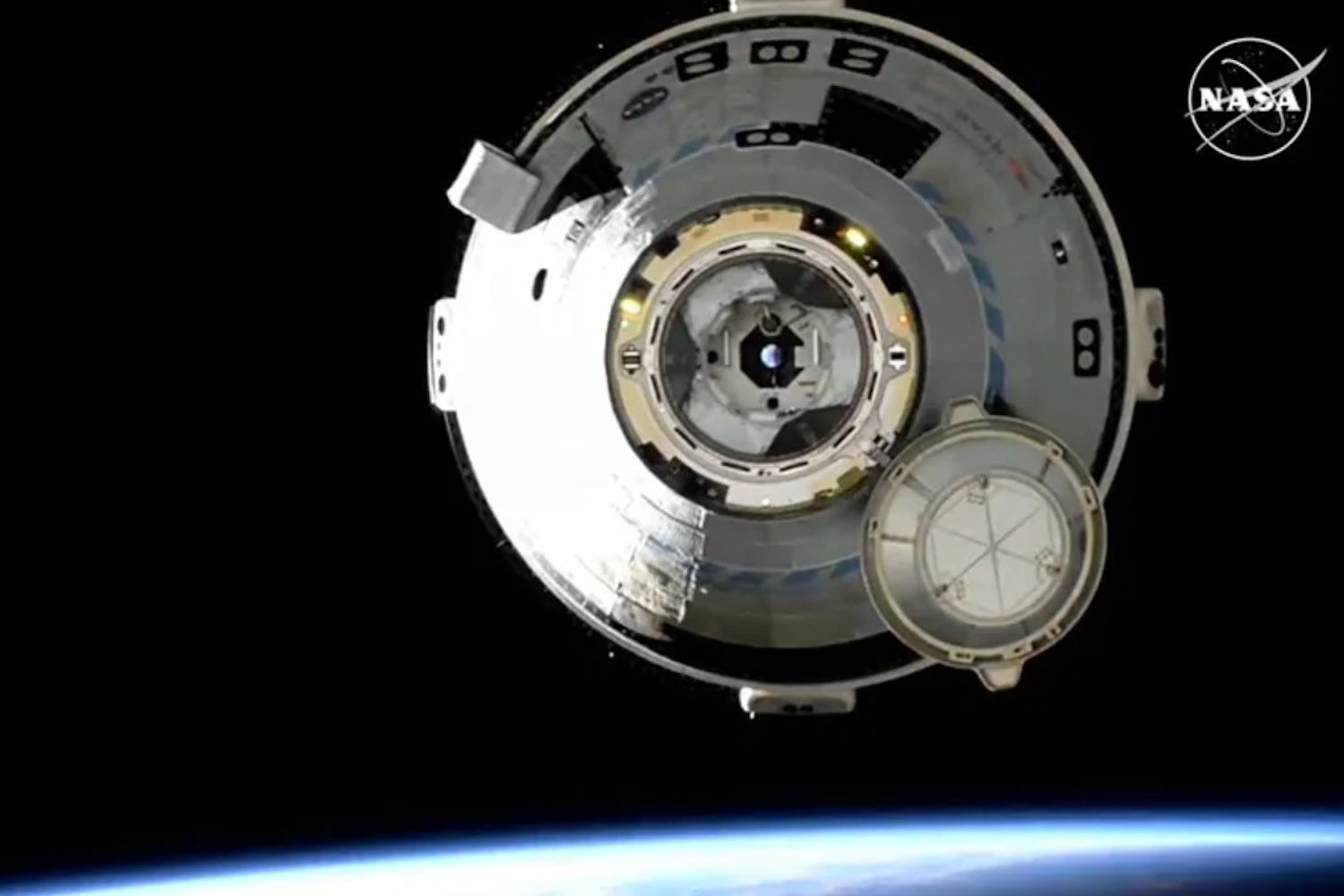NASA astronauts are poised to resume spacewalks outside the International Space Station (ISS) in early 2025, following a months-long hiatus caused by a spacesuit leak. The leak, which prompted an abrupt halt to extravehicular activity (EVA) in June 2024, raised concerns about astronaut safety and highlighted the aging infrastructure of the ISS.
NASA officials recently addressed the issue during a press conference, confirming the planned resumption of spacewalks. Bill Spetch, operations and integration manager of NASA’s ISS program, stated that the agency is targeting “early next year” for the next series of EVAs. The specific timing, however, is still under review.
The culprit behind the suspension was a leak in a spacesuit’s service and cooling umbilical unit. This critical component connects the suit to the ISS life support systems. To rectify the problem, NASA replaced a faulty seal and umbilical cord, successfully repressurizing the affected spacesuit. This fix aims to mitigate the life-threatening risks posed by such leaks during spacewalks.
The June incident involved two astronauts preparing for an EVA. The spacewalk was immediately aborted when water was detected leaking into astronaut Tracy Dyson’s spacesuit. Dyson’s exclamation, “There’s water everywhere,” captured during the live ISS feed, underscored the seriousness of the situation.
This incident is not an isolated case. NASA has faced recurring problems with spacesuit leaks on the ISS. In May 2022, spacewalks were temporarily suspended following several incidents of water leaking into astronauts’ helmets. One such event occurred in March 2022, during a spacewalk by NASA astronaut Raja Chari and ESA astronaut Matthias Maurer. Maurer, on his first spacewalk, noticed water and dampness inside his visor towards the end of the seven-hour EVA.
A similar incident occurred in 2013, involving ESA astronaut Luca Parmitano. A water leak inside his helmet forced an abrupt end to his spacewalk. Parmitano successfully returned to the ISS airlock, but struggled to breathe due to the accumulation of approximately 1.5 liters of water inside his helmet. He later recounted the harrowing experience, describing the water covering his earphones and obscuring his vision.
Two years later, the same spacesuit, designated #3005, nearly jeopardized another astronaut. NASA astronaut Terry Virts, wearing the problematic suit, observed water droplets and a damp absorption pad inside his helmet upon concluding his spacewalk.
These recurring incidents highlight a significant challenge: NASA’s aging spacesuits. The EMUs (extravehicular mobility units) currently used on the ISS are over 40 years old, dating back to the 1970s space shuttle program. These suits are rapidly approaching the end of their operational lifespan.
To address this issue, NASA has partnered with commercial companies to develop new spacesuits. In June 2022, contracts were awarded to Axiom Space and Collins Aerospace, totaling $3.5 billion. While Collins Aerospace faces delays, Axiom Space unveiled its new spacesuit design last year.
These next-generation spacesuits are primarily intended for the Artemis lunar missions. However, they will undergo testing on the ISS before their deployment to the Moon. Until then, astronauts will continue utilizing the older EMUs for spacewalks in low Earth orbit, relying on the implemented fixes for their safety.
In conclusion, while the resumption of spacewalks marks a crucial step for ongoing ISS operations, the need for modern, reliable spacesuits remains paramount. The upcoming trials of the new Axiom and Collins Aerospace suits will be critical for ensuring astronaut safety and the success of future space exploration endeavors.



